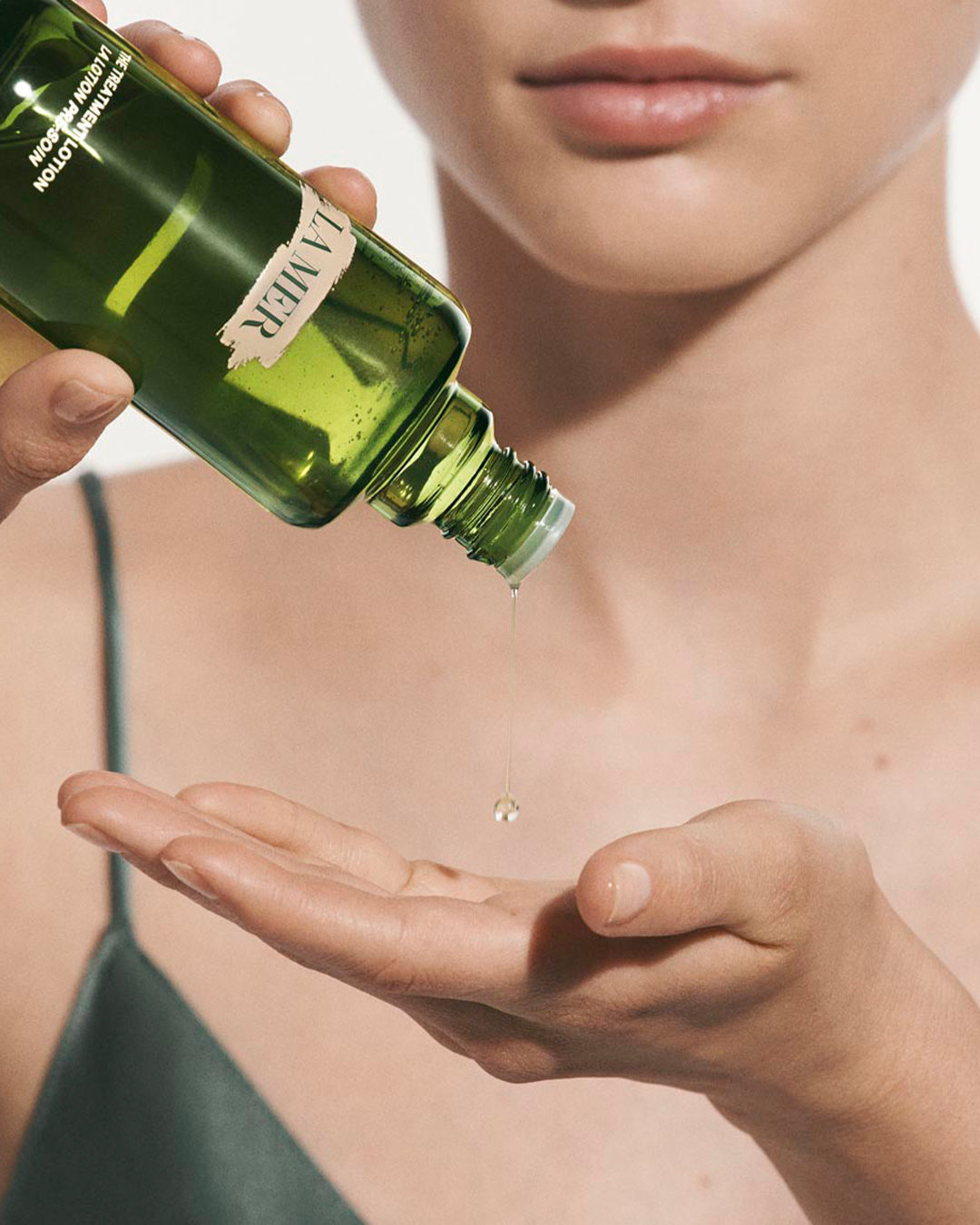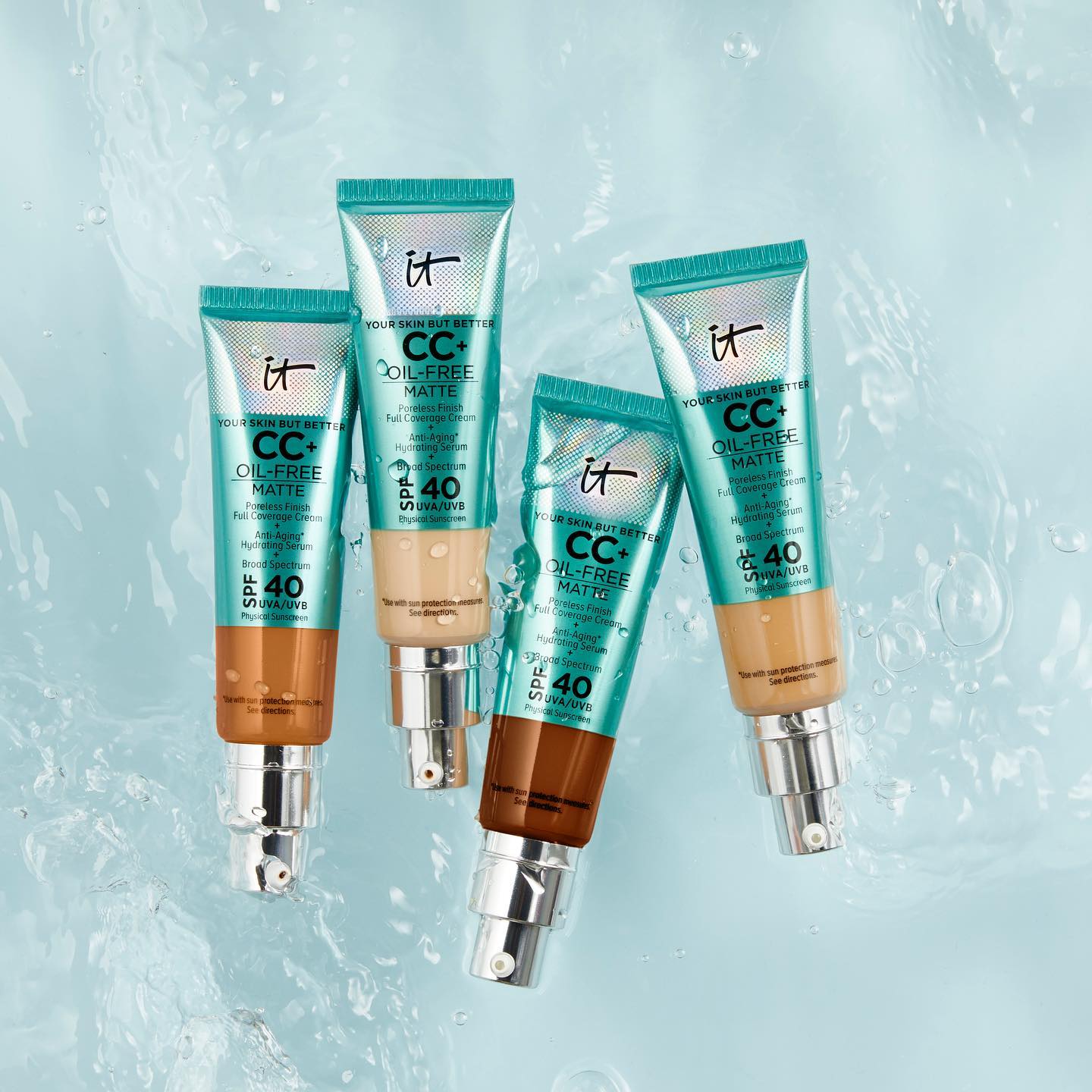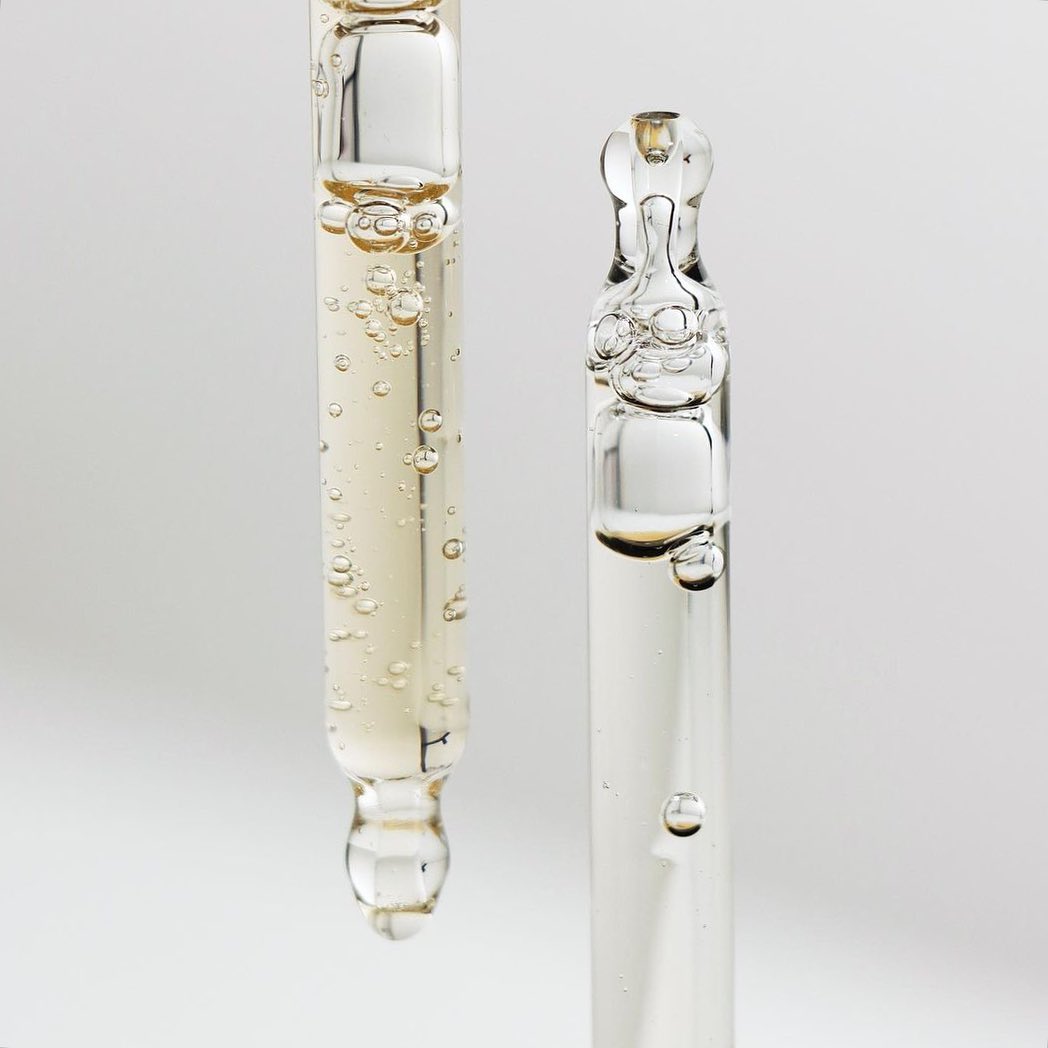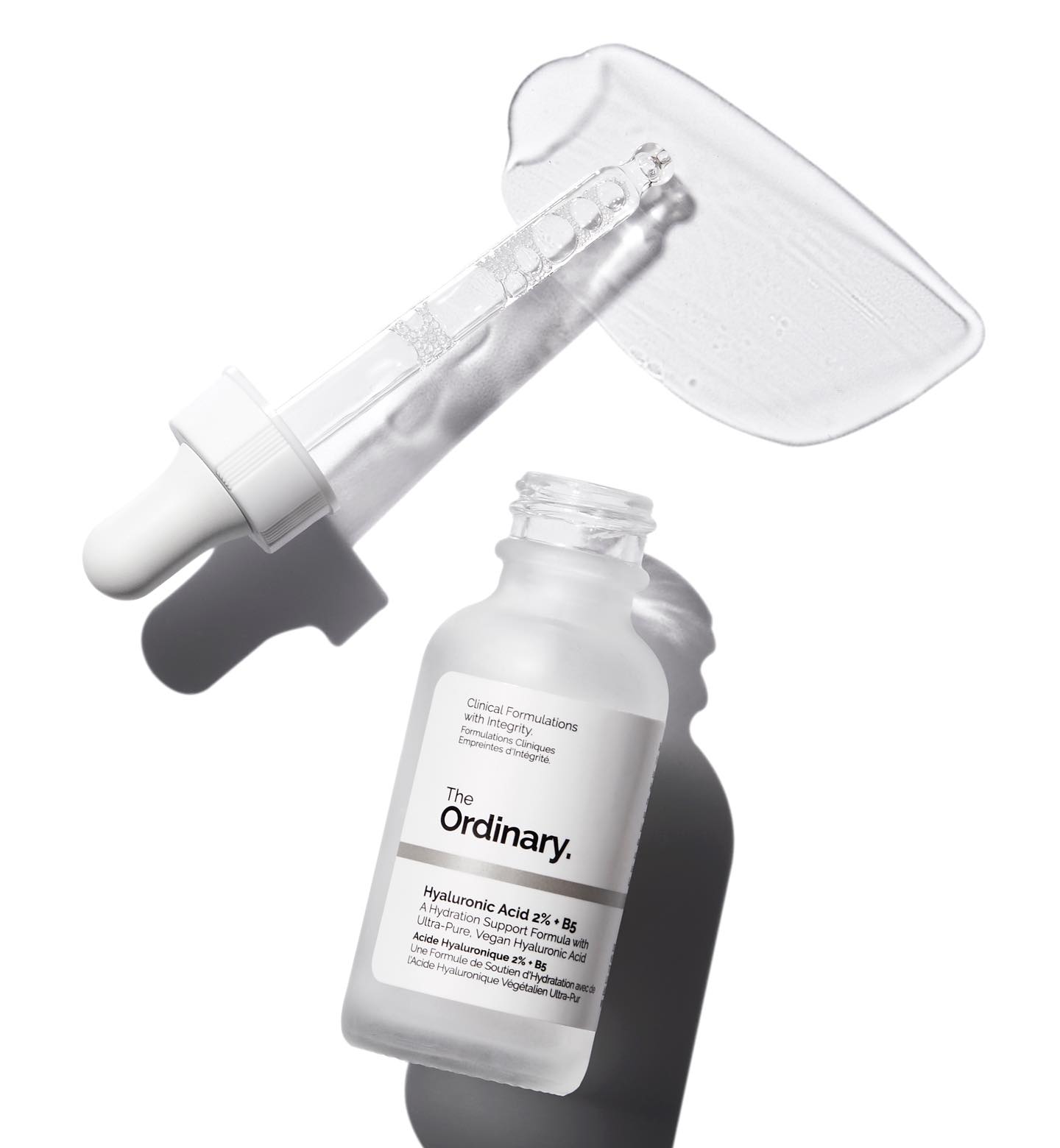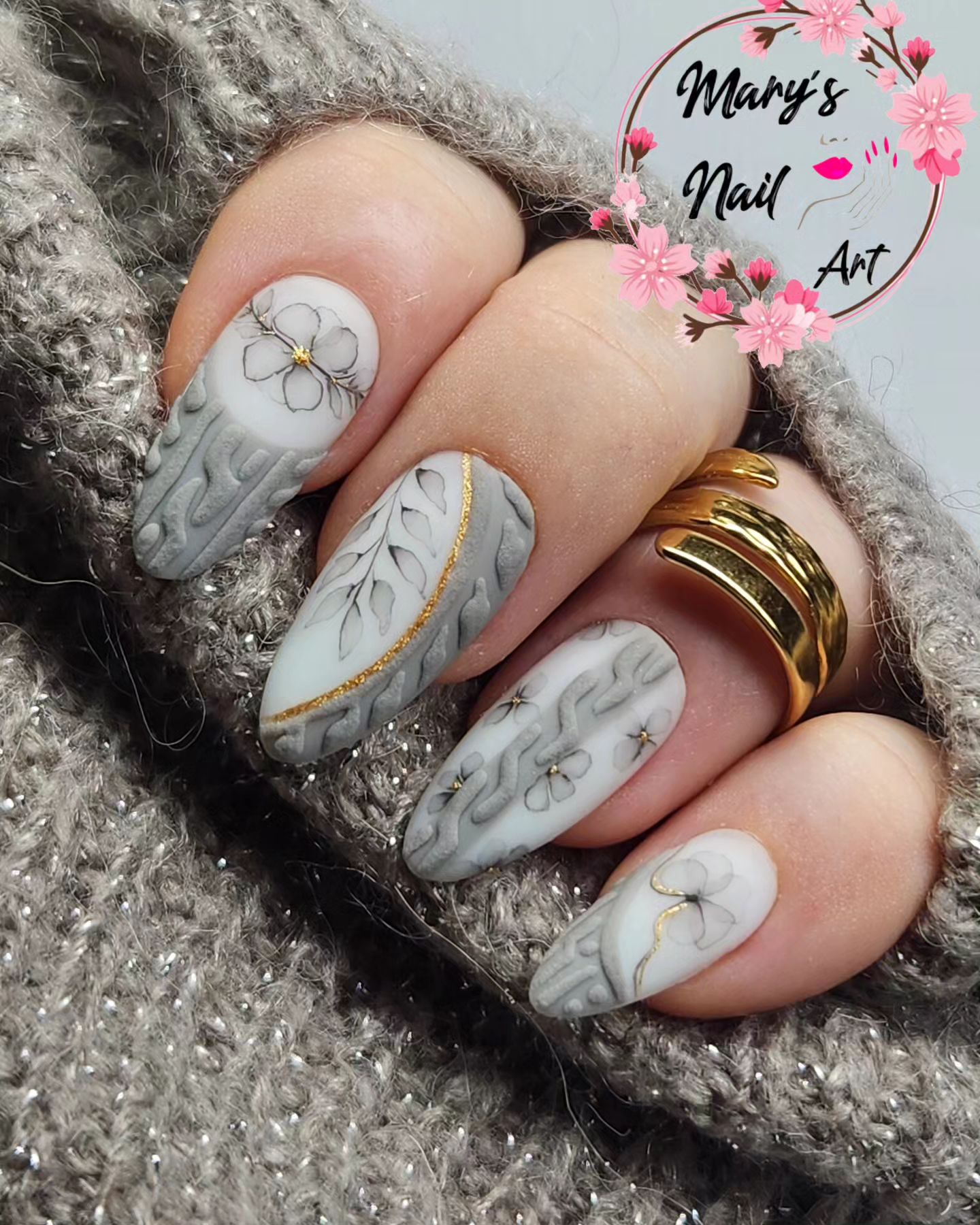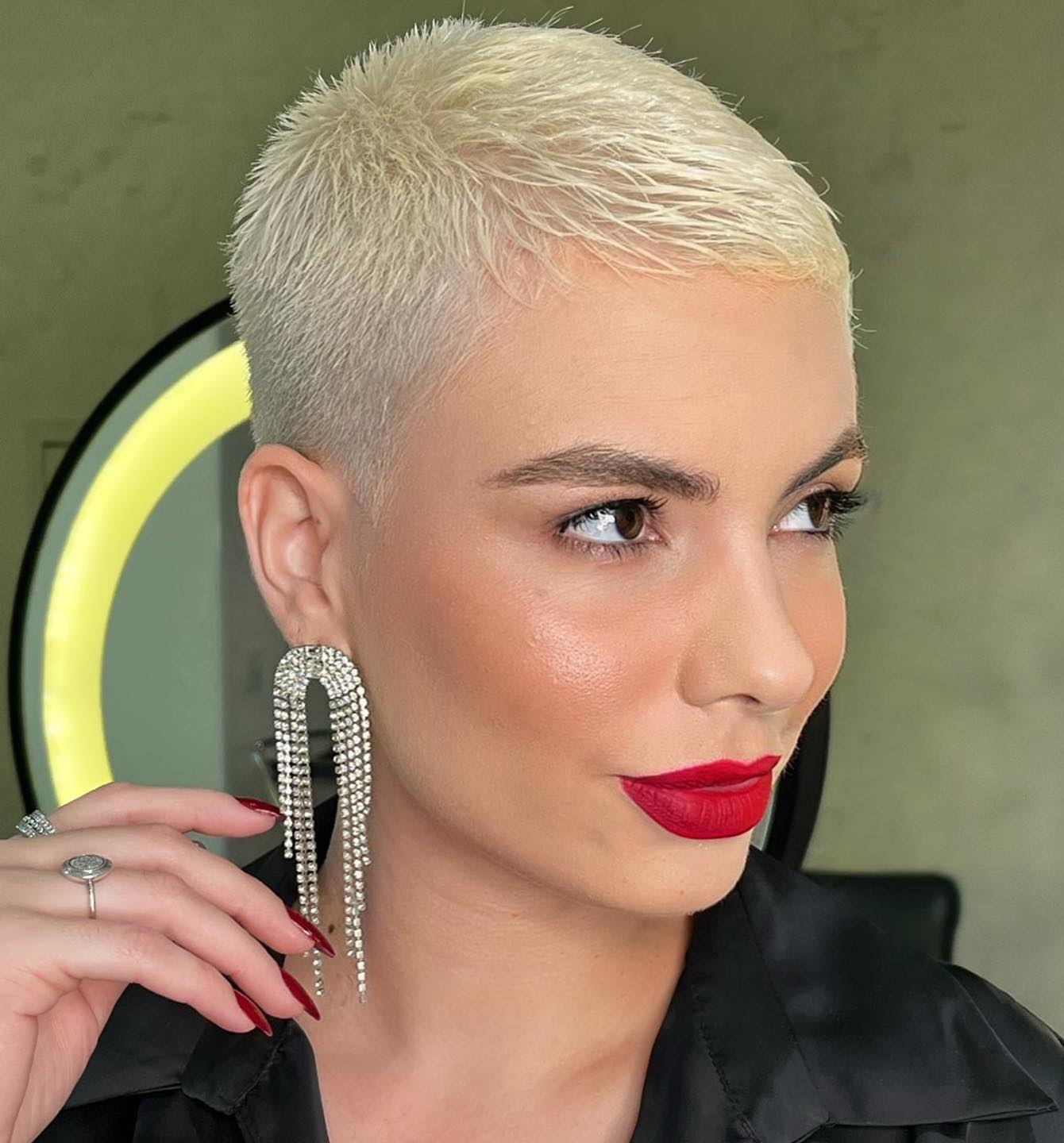Blind pimples may appear to be better than their visible and bright red counterparts. But they’re still pimples, and if you have tons of these seemingly harmless bumps on your face, you should look for ways to get rid of them. What you thought is harmless is actually far from being the worst kind of pimple. It’s called cystic acne.
Tired of having blind pimples that never seem to heal? Check our list of best-recommended ways on how to heal and get rid of blind pimples.
What is a Blind Pimple?
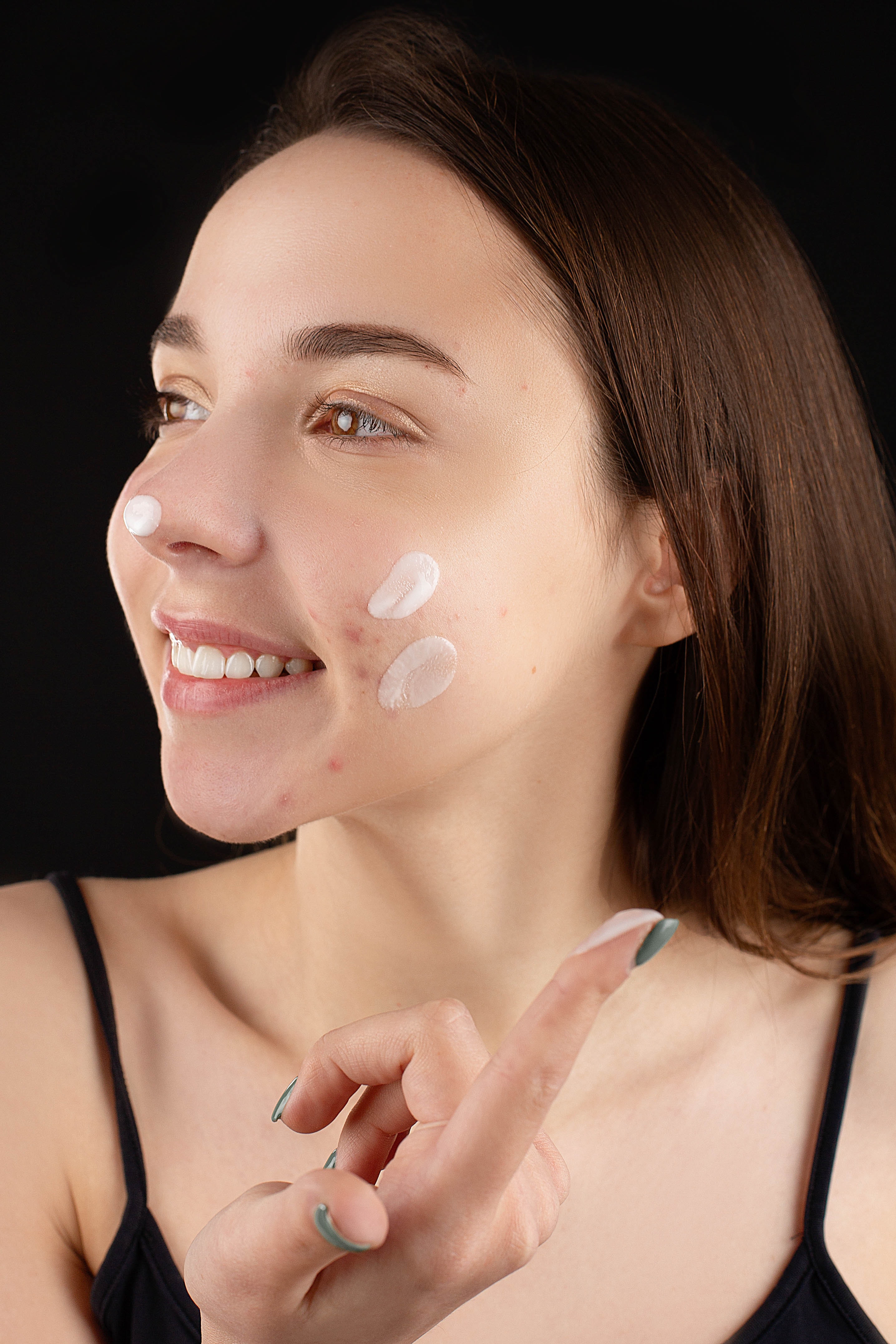
When acne develops underneath the skin’s surface, it forms into what we call “blind pimples” or “cystic acne”. This pimple may not be noticeable from afar, but if you happen to touch your face while washing, you’ll most likely feel the red and painful bumps.
Unlike other pimples, blind pimples don’t have a “head” where you can visibly see the pus. However, while getting rid of them may be challenging, it’s highly possible to treat blind pimples.
What Causes Blind Pimples?
According to researchers and dermatologists, what causes cystic acne isn’t constantly obvious, but some factors contribute to its growth. Knowing these factors will help you determine the best way to treat cystic acne and allow you to include any of these home remedy ideas in your skincare routine.
1. Oil or Sebum, Bacteria, and Dead Skin Cells
Your sebaceous glands are constantly producing sebum to ensure that your face is moisturized. However, when there’s too much sebum production, it gets mixed up with dead skin cells and bacteria. Once it does, it leads to acne. Other than acne, it can also cause other formations on your face, such as cysts, nodules, papules, and pustules.
2. Hormones
When you reach puberty, your hormones go haywire. It causes a lot of changes in your body, including your face. Androgen, the hormone that increases this time, causes sebaceous glands to produce more sebum. Other than puberty, women’s hormones will continue to change later on.
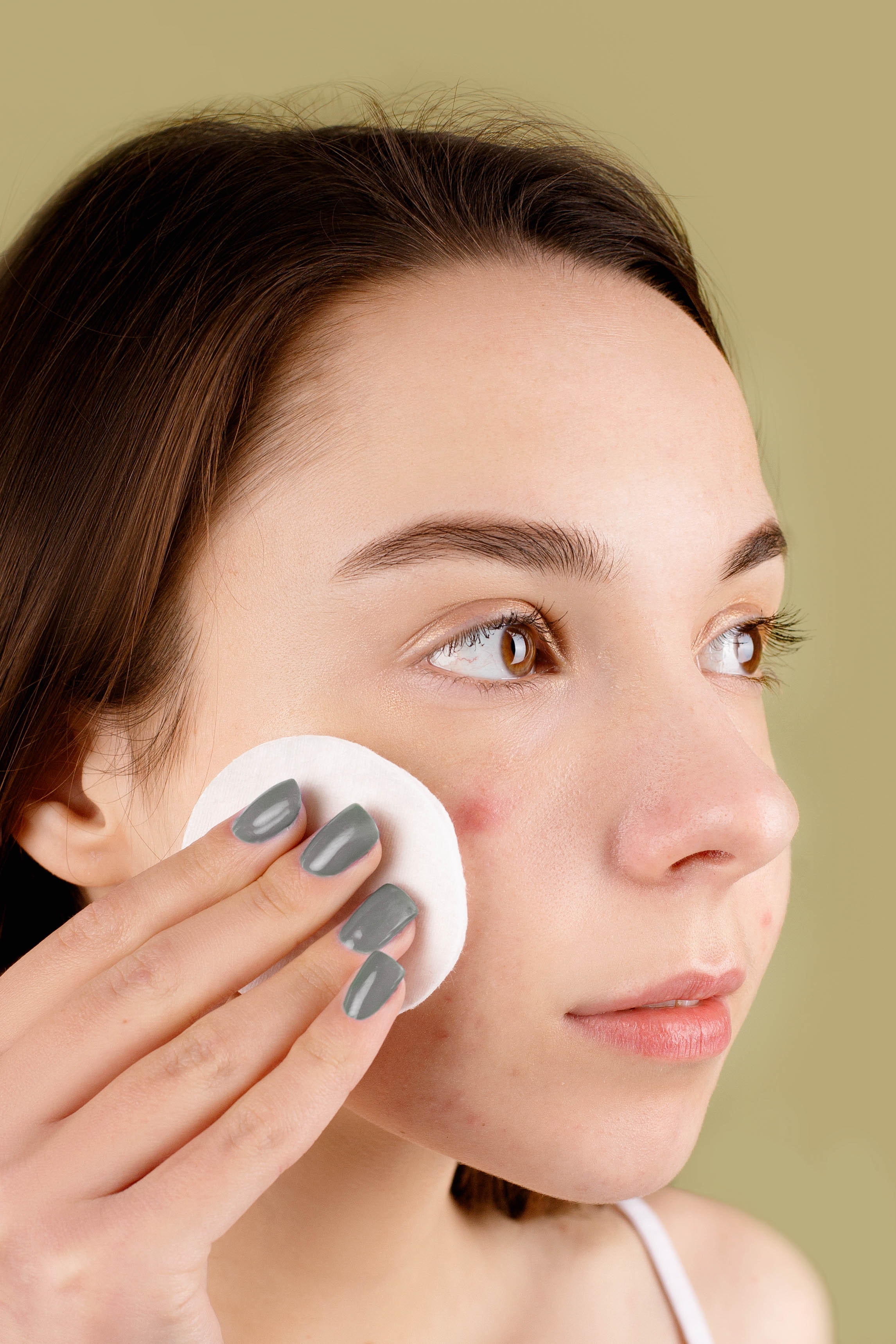
3. Genetics
Have you ever noticed persistent acne among your family members? If yes, then acne runs in your family history. If you’ve observed that your parents or siblings have the same problem as yours, consider getting yourself checked at your nearest dermatologist to be advised accordingly about reducing inflammation.
4. Medicine Side Effects
Are you taking maintenance medicines? It may include acne as its side effects. Watch out for drugs that contain corticosteroids, testosterone, or lithium.
5. Skincare Product Ingredients
Have you recently tried a new skincare product without a dermatologist’s consultation? The product may contain ingredients that can irritate your skin. Another thing you should consider is whether the product contains harsh physical exfoliants. Always choose the ones with natural antimicrobial properties.
Best Ways to Heal and Get Rid of a Blind Pimple
Here are some of the best ways you can heal and eventually get rid of a blind pimple that has been plaguing you for a long time.
1. Don’t touch it!
Like other acne treatments, rule number one with any facial problems is to never touch it. It may be highly tempting to touch and pop it, but the dirt coming from your hands will add more problems to your skin. It might worsen inflammation, which will then cause redness and marks on your skin.
You might also think that blind pimples won’t cause any scarring since they’re blind, right? But the same rule applies—don’t attempt to touch, pop, and squeeze it. Why? These pimples are more difficult to pop than other kinds of pimples. Forcing it to pop, when they’re not at the skin’s surface in the first place, will only cause more problems or become acne scars.
2. Use a warm compress
If you notice that your cystic acne is getting painful and whiteheads are starting to form, you can try applying a warm compress to the area. Repeat the procedure 3-4 times, and each application should last at least 10-15 minutes. While using a warm compress doesn’t automatically heal the pimple, it allows the pus underneath to get released and eventually heal.
No warm compress on hand? Don’t worry because you can always use a clean and unused washcloth. Soak it well in hot water at a temperature that’s just right for your skin. You may then apply the towel to the affected areas on your face.
3. Apply topical products
There are topical products, such as topical creams and ointments, that can help reduce inflammation. These products are applied directly to the affected area or its surroundings.
Among the common topical treatments or antibiotics used are clindamycin and erythromycin. These products are more effective if they’re used along with benzoyl peroxide. The topical antibiotics help in getting rid of the bacteria and inflammation of the blind pimple. Meanwhile, benzoyl peroxide is responsible for drying them out.
Make sure to check with your dermatologist first as to what topical antibiotic is suitable for your current condition. Never jump into the habit of always following other people’s medications, as everyone has different skin types and conditions.
4. Try pimple patches
Have you heard of pimple patches? If yes, you may have also heard of it as zit stickers. These patches contain salicylic acid, a well-known treatment for eliminating bacteria and reducing acne like benzoyl peroxide. Apart from unclogging pores, pimple patches are effective in protecting your blind pimples from dirt and dust exposure, especially if you get out and about.
Pimple patches can be purchased at your local pharmacy. While they’re not a cure-all solution for your blind pimples, they can be helpful for your stubborn blind pimples. Just make sure to replace these patches every 24 hours so they won’t cause further problems.
5. Consider using tea tree oil
Ever heard of oils used in acne treatments, such as tea tree oil? It may seem like you’re defeating the purpose of treating your cystic acne by treating excessive oil production with tea tree oil. However, tea tree oil is a great alternative that helps kill bacteria causing your pimples.
To treat your blind pimples with tea tree oil, apply a few drops into the cotton and then carefully dab it on the affected areas. We recommend using tea tree oil every day for a few weeks or so. Also, make sure that you’re tracking your progress to know if tea tree oil is an effective solution for you.
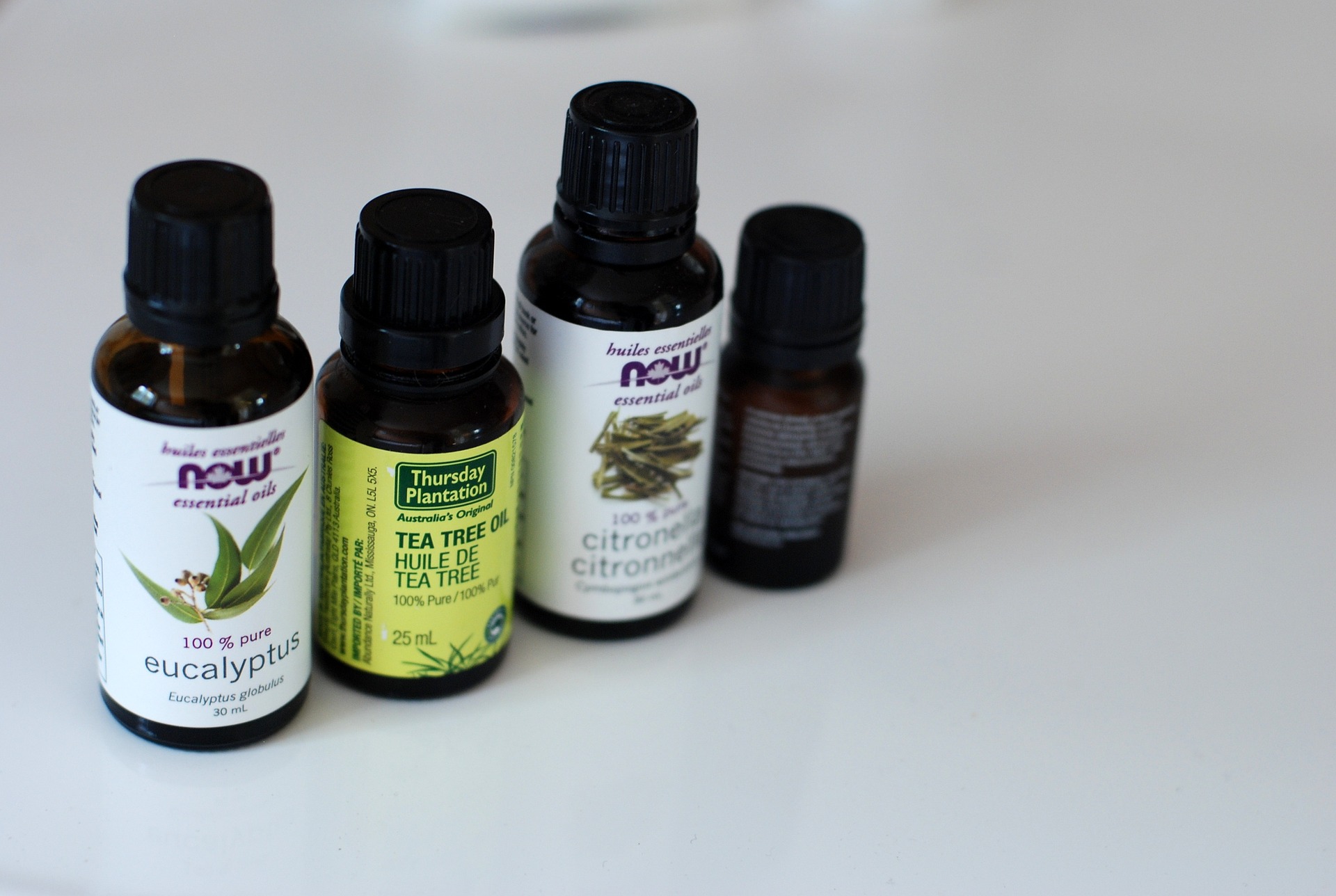
When to See a Dermatologist
Let’s say you’ve done most of the tips and home remedies cited above, and yet, you’re still not seeing any progress or still suffering from recurring blind pimples. This is the perfect time to check in with your dermatologists or search for the best dermatology associations near your place. You already know that blind pimples are more challenging to treat than other pimples. So, try to see a dermatologist if your blind pimples last for months or years. They can medically recommend quick fixes, such as cortisone shots for fast healing.
Sources:
- https://www.healthline.com/health/beauty-skin-care/blind-pimple#tea-tree-oil
- https://www.webmd.com/skin-problems-and-treatments/acne/what-to-know-about-blind-pimples
- https://skinspanewyork.com/blogs/news/the-best-way-to-get-rid-of-a-blind-pimple


